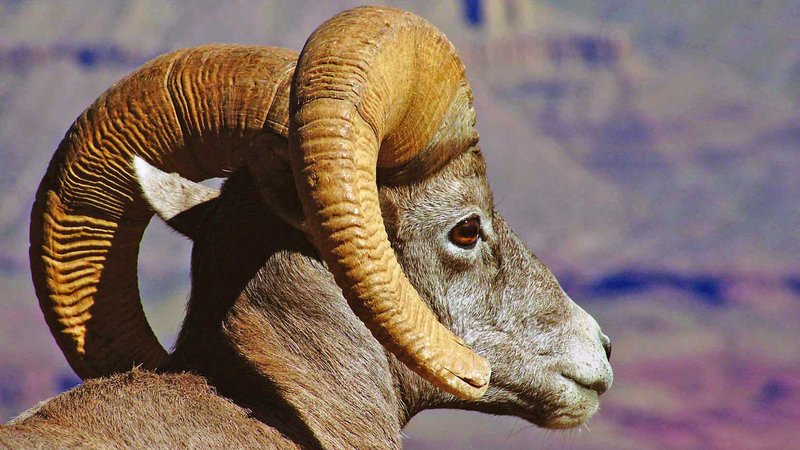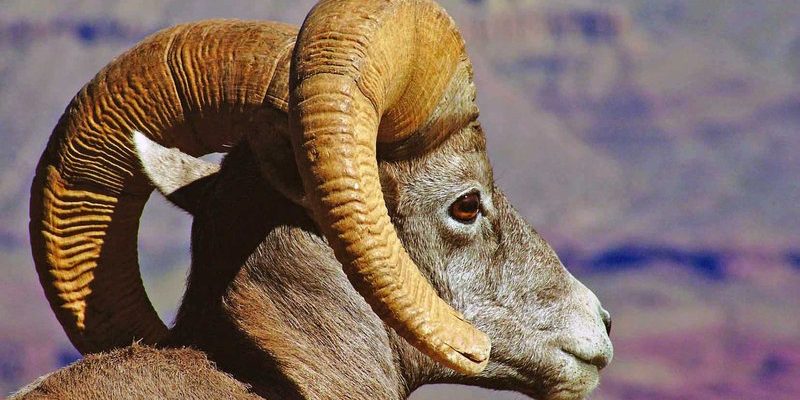
In this article, we’ll dive deep into the world of bighorn sheep, their status in the wild, and the conservation efforts in place to protect them. Think of it as a journey through a beautiful, rocky landscape—one where we’ll uncover the harsh realities these animals face and what we can do to help them thrive. So, grab a cozy drink, and let’s get started!
Understanding Bighorn Sheep Populations
Bighorn sheep are fascinating creatures native to North America, especially known for their impressive ram horns and agility in rugged terrains. There are two main species: the Rocky Mountain bighorn sheep and the desert bighorn sheep. Each species has adapted to its unique environment, but both share a common thread: they are facing threats to their populations.
Now, you might wonder how many bighorn sheep are left. Though specific numbers vary, estimates suggest that there are around 70,000 to 100,000 bighorn sheep in the wild today. While this might seem like a healthy number, it’s essential to consider that their populations are fragmented and unevenly spread out. Some areas have thriving communities, while others are teetering on the brink of decline.
Aside from their beautiful horns and agile nature, bighorn sheep are social animals. They live in herds, which helps them protect one another from predators. However, changes in their habitat can disrupt these social structures, making them more vulnerable. So, what exactly is threatening their existence?
Threats Facing Bighorn Sheep
Several significant threats jeopardize the bighorn sheep’s populations. Understanding these dangers is crucial for anyone interested in their conservation.
1. Habitat Loss: As cities expand and human developments creep into wild spaces, bighorn sheep lose essential habitats. Urban growth, agriculture, and road development disrupt their natural environment, making it hard for them to roam freely and find food. Just like how we feel crowded in bustling cities, these sheep feel squeezed and stressed in their habitats.
2. Diseases: Unfortunately, bighorn sheep are also susceptible to diseases, especially respiratory infections. Domestic sheep can transmit such diseases to wild bighorns, leading to significant population declines. Imagine playing with a friend who’s sick; you might catch what they have—this is a similar situation for bighorns and domestic sheep.
3. Climate Change: The effects of climate change are undeniable. As temperatures rise, bighorn sheep’s habitats are altered, affecting their food sources and altering migration patterns. For example, if their favorite grazing areas become too dry or too snowy, they struggle to find sustenance.
4. Overhunting: In the past, overhunting has greatly affected bighorn sheep populations. Although regulations have improved, the threat remains, especially in areas where hunting is permissible.
Conservation Efforts for Bighorn Sheep
Conservationists are passionate about protecting bighorn sheep, and various efforts are underway to help them thrive once again. Here’s how they’re doing it:
1. Habitat Restoration: Organizations are working diligently to restore and preserve bighorn sheep habitats. This involves replanting native vegetation, removing invasive species, and creating protected areas. Think of it as a gardening project for the wild—reviving the natural beauty and sustainability of their home.
2. Disease Management: Wildlife health officials monitor bighorn sheep populations regularly to catch diseases early and mitigate their spread. This often involves strict regulations regarding domestic sheep in areas where bighorns live. By ensuring these animals are kept apart, conservationists hope to keep diseases at bay.
3. Education and Community Involvement: Raising awareness about the plight of bighorn sheep is crucial. Many conservation programs work to educate communities, schools, and outdoor enthusiasts about the importance of preserving these magnificent animals. From local talks to engaging social media campaigns, awareness is spreading.
4. Research and Monitoring: Scientists and researchers play a critical role in tracking bighorn sheep populations. By using GPS collars and conducting population surveys, they gather essential data to understand trends and threats. It’s like keeping a pulse on their health and well-being.
Current Status of Bighorn Sheep
The current status of bighorn sheep varies widely by region. In some areas, like parts of the Rocky Mountains, populations are stable or even increasing, thanks to conservation efforts. However, in regions affected by habitat fragmentation and disease, the outlook is much bleaker.
You might find it interesting to note that the IUCN Red List classifies some bighorn sheep populations as “vulnerable” while others are “near threatened.” This means that every action counts, whether through conservation, education, or responsible land use. Let’s not forget, these animals are part of the broader ecosystem, and their well-being can influence other species.
How You Can Get Involved
You might be wondering what you can do to help bighorn sheep. Here are a few simple ways to make a difference:
- Support Conservation Organizations: Donate to or volunteer with groups focused on wildlife conservation. Every little bit helps!
- Practice Responsible Recreation: When hiking or exploring, stick to designated trails to minimize habitat disruption.
- Spread Awareness: Share information about bighorn sheep and their conservation needs with friends and family. Knowledge is power.
- Advocate for Policies: Support local and national policies that protect wildlife habitats and promote sustainable land use.
The Future of Bighorn Sheep
Looking ahead, the future of bighorn sheep hinges on our collective actions. With ongoing habitat conservation, education initiatives, and responsible land management, we can enhance their chances of survival.
While the challenges are significant, the determination of conservationists and wildlife enthusiasts plays a pivotal role. Just as bighorn sheep navigate rocky terrains with grace and resilience, we too can find our way to support them.
In the end, is the bighorn sheep endangered? The answer isn’t a simple yes or no. Their situation reflects a complex interplay of challenges and efforts. It’s a reminder that in conservation, perseverance and action can lead to a brighter future for these remarkable creatures.

